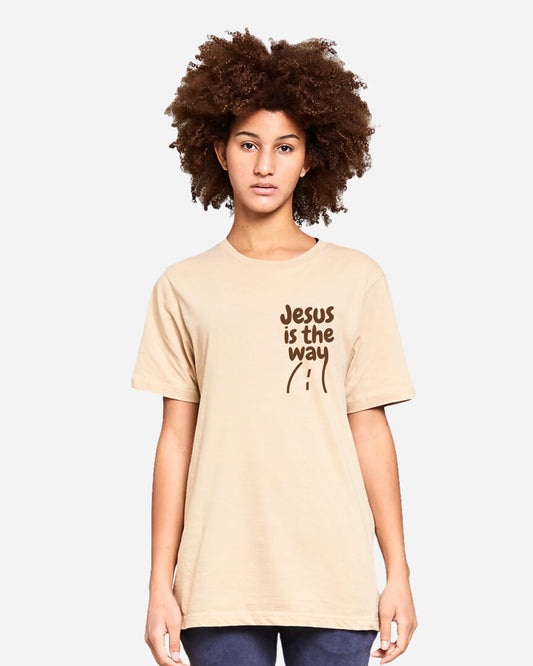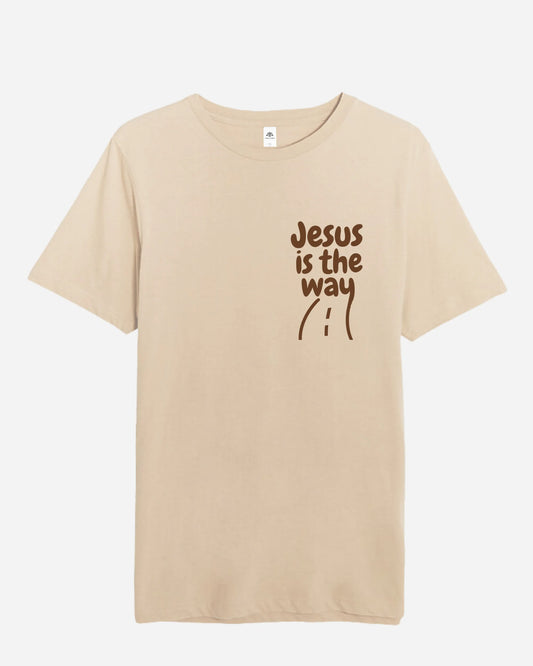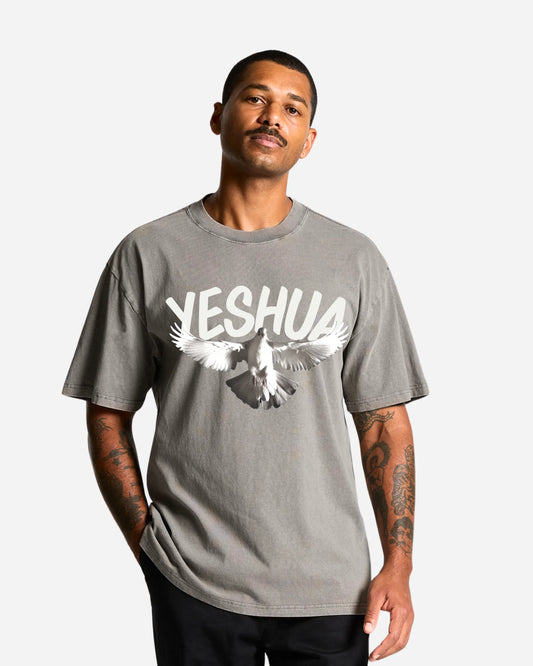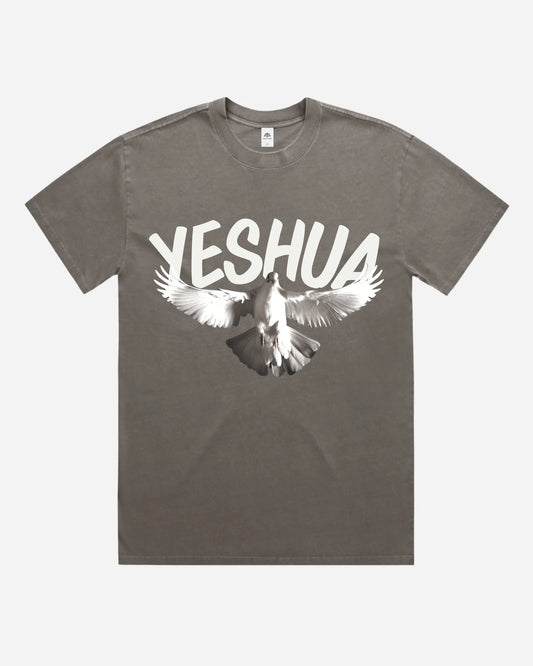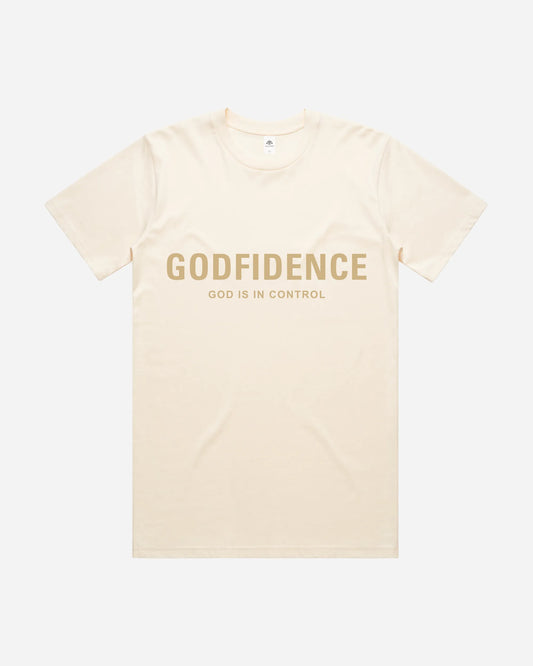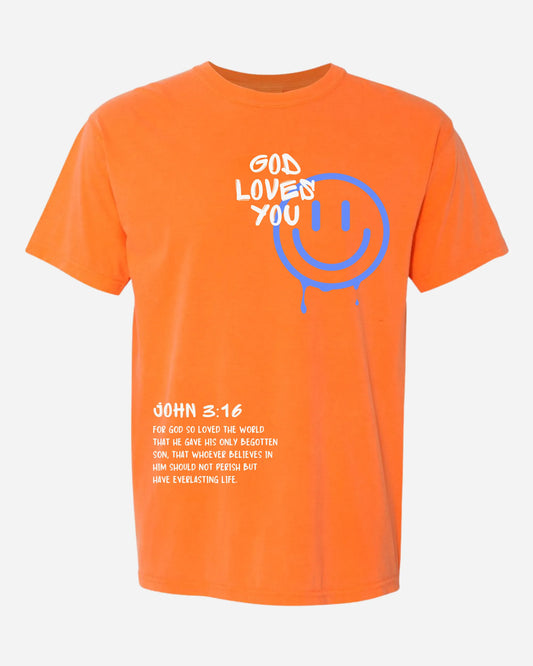Table of content
- 1. What Are Swaddling Clothes?
- 2. Where Are Swaddling Clothes Mentioned in the Bible?
- 3. Symbolism of Swaddling Clothes in Jesus’ Birth
- 4. Cultural Context: Swaddling as a Jewish Birth Practice
- 5. Theological Significance of Being Wrapped in Swaddling Cloths
- 6. Why the Detail of Swaddling Cloth Matters Today
- 7. Real-World Parallels and Historical Support for Swaddling Bands
- 8. Final Thoughts on Jesus’ Swaddling Clothes
What Are Swaddling Clothes?
Swaddling clothes were basically long strips of cloth, usually linen. People in 1st-century Judea used them to swaddle newborns tightly, but sacred. It wasn't decorative. It was functional, deeply cultural, and very tender.
To wrap in swaddling was to give love form. Babies got warmth, security, and a head start on proper limb growth. Ancient Jewish writings (see Mishnah Shabbat 19:2) talk about swaddling as part of basic newborn care. It wasn’t optional; it was love in practice.

In Qumran (where the Dead Sea Scrolls were found), archaeologists found texts referring to how infants should be washed, rubbed with salt, and swaddled. That echoes Ezekiel 16:4, where God uses the image of a neglected baby not wrapped in swaddling clothes as a metaphor for abandonment.
The use of swaddling bands can be traced back to various cultures, including those in ancient Greece and Rome, where they were believed to provide comfort and security to infants.
Where Are Swaddling Clothes Mentioned in the Bible?
In the New Testament, specifically in Luke 2:6–7, the mention of swaddling clothes highlights the lowly humble beginnings of Jesus:
Luke 2:7
“She gave birth to her firstborn son and wrapped him in swaddling clothes and laid him in a manger in Bethlehem.”
Luke 2:12
“Ye shall find the babe wrapped in swaddling clothes and lying in a manger.” It’s specific. The angel told the shepherds this is the sign. Not the star. Not the manger. The swaddling.
Ezekiel 16:4
“On the day you were born your cord was not cut, nor were you washed with water… nor wrapped in swaddling clothes.”Luke flips the image: Jesus was swaddled. He was wanted.
Symbolism of Swaddling Clothes in Jesus’ Birth

The Son of God—King of Kings—entered the world wrapped like any other child. No gold, no silk. Just ordinary linen cloth.
It was this detail, not the manger or star, that was the sign unto you the shepherds were told to look for (Luke 2:12). This ordinary wrapping grounded divinity in the reality of poverty and humility. As theologians have noted, the way Jesus was swaddled speaks volumes: He the messiah, came not for status but for service.
The imagery would echo again at His death, when His body was wrapped in burial cloths, emphasizing the full circle of His sacrificial life.
Artists such as Ambrogio Lorenzetti captured this with imagery of the Madonna and Child—the babe wrapped in swaddling cloths—symbolizing divine protection in human vulnerability.
Cultural Context: Swaddling as a Jewish Birth Practice

Swaddling was a common practice across the Middle East. But Jews had their own touch. Jewish midwives had a whole routine. You can find some of this in the Talmud and early rabbinic texts. Scholars like Raphael Patai wrote about these customs in The Jewish Mind.
| Step | Description | Purpose/Significance |
| Cut the umbilical cord | The first action taken after birth. | Initiates the newborn's physical independence. |
| Wash the baby with warm water | Cleansing the newborn. | Removal of birth substances; signifies purity. |
| Rub the baby with salt | Applying salt to the baby's skin. | Ritual cleansing and believed to strengthen the baby's skin. |
| Swaddle tightly | Wrapping the baby snugly in cloth strips. | Provides warmth, security, and proper limb alignment. |
By contrast, Romans sometimes left infants unswaddled to “toughen them up.” Others exposed weak babies to the elements (see Seneca’s writings). In that context, swaddling isn’t just comfort—it’s compassion. In regions like Crete and Cyprus, traditional practices of swaddling have evolved, showcasing regional variations in how infants are cared for.
Theological Significance of Being Wrapped in Swaddling Cloths
Jesus came into the world as a baby wrapped in swaddling clothes—and left it the same way.
Luke 23:53 says, "Then he took [the body] down and wrapped it in a linen cloth and laid him in a tomb." Sound familiar? It’s like God’s saying: “From cradle to cross, I’m wrapped in your world.” Also... swaddling is about restriction. It limits movement.

Baby Jesus couldn’t reach out with miracles yet. He was limited, fully human. Philippians 2:7 says He "emptied Himself"—took the form of a servant. Even in how He was wrapped.
The psychological and physiological effects of swaddling have been documented in various studies, including those published in Pediatrics and Archives of Disease in Childhood, which explore its impact on infant development.It connects the womb to the manger, the beginning to the end, human fragility to divine purpose.
It wasn’t just cloth. It was a message."The babe wrapped in swaddling cloths was also the Lamb of God."
Why the Detail of Swaddling Cloth Matters Today
If God chose to mention swaddling clothes—not once, but twice—maybe we should stop and ask why.
Here’s what it reminds us:
- Faith lives in small details. A swaddling cloth mattered to God.
- God values what the world calls ordinary. Swaddling wasn’t luxurious.
- Jesus didn’t skip the hard stuff. He came in full humanity, bound and vulnerable.
"The infinite became an infant. That alone should shift something in us." The supine position is often recommended for infants, but the historical practice of swaddling has raised discussions about its implications for conditions like developmental dysplasia of the hip.
It also reflects Gracefiber’s mission—faith woven into everyday life. Swaddling clothes are the original faithwear, in a way. Simple, meaningful, close to the skin.
Real-World Parallels and Historical Support for Swaddling Bands
A 2013 study from Archaeology and Text: The Bible and the Historical Record confirms that swaddling was a widespread practice across Judea and neighboring regions. In fact, in a burial cave near Nazareth, strips of cloth were found consistent with 1st-century infant wrappings.
The archaeological findings in places like the Archaeological Museum Iraklion provide insight into ancient practices, including the use of swaddling bands in early child-rearing. Some modern anthropologists point out that swaddling (in various forms) is still common in Eastern Europe, Central Asia, and parts of the Middle East.

Influential figures such as William Cadogan have contributed to the understanding of infant care, advocating for methods that prioritize the well-being of newborns, including the use of swaddling.
Fun fact: In Kyrgyzstan, newborn babies are still tightly wrapped in "besik" bundles for warmth and protection—eerily similar to ancient practices.
Historical texts, such as Emile: Or, On Education by Jean Jacques Rousseau, discuss the importance of early childhood care, which includes methods like swaddling to promote a sense of safety.
Final Thoughts on Jesus’ Swaddling Clothes
Jesus wasn’t wrapped in royal robes. He came in swaddling cloth, like every other infant. But that cloth spoke volumes.
It said: You are seen. You are known. God came close. From Mary and Joseph preparing for the birth in Bethlehem, to the nativity moment when the Savior was laid in a manger, every detail tells a story.
Swaddling clothes tell a story of love that begins in the smallest, quietest moments. They say God doesn’t skip over the ordinary—He inhabits it. It's interesting to consider that even later in life, Jesus' simple tunic reflected a similar message of humility and identification with the common people.

